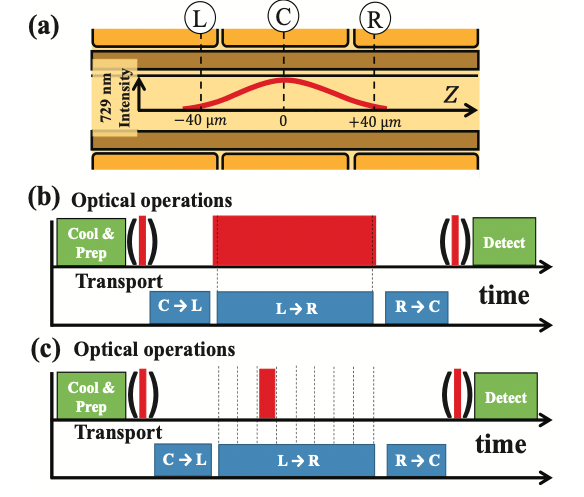Researchers at Osaka City University create a quantum algorithm that removes spin contaminants while making chemical calculations on quantum computers. This allows for precise and accurate predictions of electronic and molecular behavior with degrees of precision not achievable with classical computers.
Quantum chemical calculations are ubiquitous across scientific disciplines, including pharmaceutical therapy development and materials research. All of the calculations are based on solving physicist Erwin Schrödinger’s equation, which uses electronic and molecular interactions that result in a particular property to describe the state of a quantum-mechanical system.
On classical computers, such precise equations would take exponential time. On quantum computers, this precision is possible in realistic time, but it requires “cleaning” during the calculations to obtain the true nature of the system.
A quantum system at a specific moment in time, known as a wave function, has a property described as spin, which is the total of the spin of each electron in the system. Due to hardware faults or mathematical errors, there may be incorrect spins informing the system’s spin calculation. To remove these ‘spin contaminants,’ the researchers implemented an algorithm that allows them to select the desired spin quantum number. (ScienceDaily)
The paper has been published in Physical Chemistry Chemical Physics.


